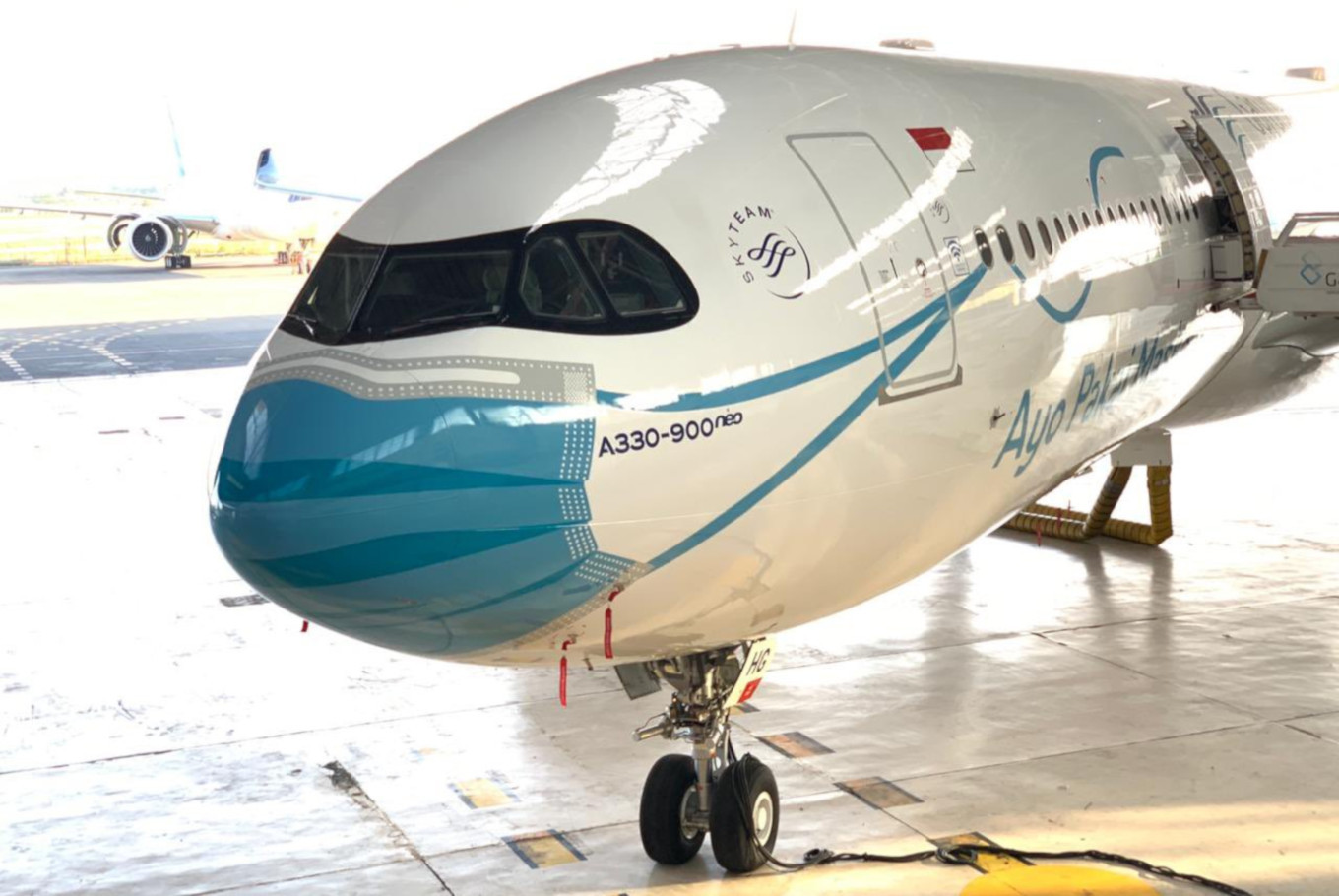Editorial Board (The Jakarta Post)
Jakarta â—
Wed, Jun 9, 2021
National flag carrier Garuda Indonesia, the largest carrier in the world’s largest archipelagic country and one of the few publicly traded state-owned enterprises (SOEs), is certainly too large to be allowed to go bankrupt due to its severe financial hemorrhage amid COVID -19 induced travel restrictions.
Garuda is more than just an airline. It is a critical development entity, which should be anchored on good governance, operational excellence and the prudent use of public funds. Air travel drives growth as travelers spend money on tourism service providers, such as hotels, restaurants, and ground transportation companies, driving business throughout their own supply chains. diversified.
In addition, an active and efficient airline industry stimulates competition and commerce, facilitates business interactions and foreign investment, and encourages new experiences and the exchange of know-how, connecting people, businesses and ideas through the vast archipelago. This process thus leads to productivity gains throughout the economy.
The problem, however, is that Garuda, like every other airline across the world, has been forced by the COVID-19 pandemic to operate at only around 25-30% of capacity, suffering heavy financial losses. This financial hemorrhage will not stop until the pandemic is fully controlled and restrictions on air travel are largely relaxed, which most analysts predict will not happen until after the end of the year. 2023.
Worse yet, Garuda also carries a burden left by previous mismanagement, which was fired in December 2019 for running a smuggling ring, nearly $ 5 billion in debt distress, questionable plane rental costs that have took up to 27% of his income. and many other forms of inefficiency.
The government, as the majority shareholder, and management have taken drastic cost-cutting measures, including reducing the size of Garuda’s fleet and staff and renegotiating its rental costs, which analysts say are the highest in the industry. The government should support Garuda by forcing suppliers to reduce procurement costs which are unusually high due to embezzlement and should encourage other state or government creditors to reschedule their loans.
But the government should tie any form of additional financial assistance to Garuda on strict terms and conditions, imposing strict performance indicators for any disbursement of rescue funds. The gradual process by which the government disbursed the 8.5 trillion rupees ($ 60 billion) in convertible bonds it recently committed to Garuda has been an effective way of keeping management on guard to follow directions. of the government. The latest reports indicated that only Rs 1 trillion of convertible bonds had been disbursed because Garuda failed to meet performance indicators. But the indicators should be open for review due to uncertainty over the rate of COVID-19 infection.
The main objective of the rescue plan is to enable Garuda to fulfill its function as a vital national development entity and eventually transform it into a profitable commercial entity. But until the pandemic is brought under control and travel restrictions are relaxed, Garuda will primarily serve as public infrastructure to serve the state’s strategic interests by enhancing the process of national economic integration.

